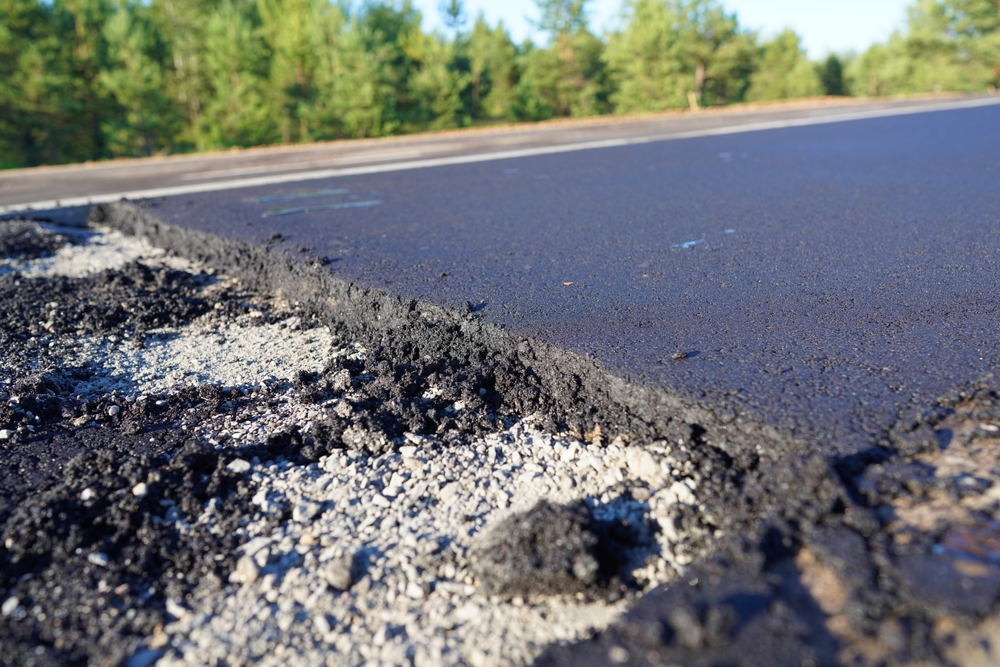
How Long Does Asphalt Paving Last? Lifespan, Maintenance & Tips
Asphalt paving is a common choice for roads, driveways, and parking lots due to its affordability, smooth finish, and ease of installation. However, one of the most important questions property owners and developers ask is: how long does asphalt paving last? While the average lifespan of an asphalt surface varies depending on a number of factors—including climate, usage, quality of installation, and maintenance—the general expectation is that well-maintained asphalt can last anywhere from 15 to 30 years. Understanding what affects this lifespan and how to extend it can help you protect your investment and reduce long-term costs.
Factors That Affect the Lifespan of Asphalt Paving
The durability of asphalt paving depends on both intrinsic and extrinsic factors. One of the primary contributors is the quality of the installation. If the asphalt was not laid with proper grading, base preparation, and compaction, it is more likely to suffer from structural problems such as cracking and potholes. The sub-base—the layer beneath the asphalt—must be stable and well-drained to prevent premature failure. Without a solid foundation, even the most expertly applied asphalt will deteriorate quickly.
Climate and weather also play significant roles. In areas with harsh winters and freeze-thaw cycles, asphalt surfaces are more prone to cracking due to the expansion and contraction of water within the pavement. Similarly, in extremely hot climates, the surface may become soft and develop ruts under heavy traffic. Constant exposure to the sun’s UV rays can oxidize the asphalt binder, making it brittle and more susceptible to damage.
Traffic load is another critical factor. A residential driveway used by a few passenger vehicles will last significantly longer than a commercial parking lot exposed to heavy trucks and constant traffic. The frequency and type of vehicles using the asphalt surface impact the stress placed on it, thereby influencing its longevity.
Lastly, the level of ongoing maintenance determines how long the asphalt will last. Routine maintenance such as sealcoating, crack filling, and prompt repairs can greatly extend the pavement’s life. Conversely, neglecting these tasks can lead to accelerated wear and degradation.
The Importance of Routine Maintenance
Proper maintenance can transform a mediocre asphalt surface into a long-lasting, high-performance investment. One of the most effective maintenance practices is sealcoating. This process involves applying a protective layer over the asphalt to shield it from the damaging effects of UV rays, water infiltration, and chemicals like oil and gasoline. Sealcoating should typically be done every 3 to 5 years, depending on traffic conditions and environmental exposure.
Crack sealing is equally essential. Small cracks can allow water to seep into the sub-base, leading to erosion, freeze-thaw damage, and ultimately potholes. By filling these cracks as soon as they appear, you can prevent them from expanding and compromising the structural integrity of the pavement.
Regular inspections should also be part of your maintenance strategy. These allow you to identify early signs of distress such as alligator cracking, rutting, and surface fading. Catching and addressing these issues early can prevent the need for more extensive and expensive repairs later on.
Sweeping the asphalt surface regularly to remove debris, leaves, and standing water can also help. Organic material can trap moisture against the surface, accelerating deterioration. Additionally, oil stains and other chemical spills should be cleaned promptly, as they can break down the asphalt binder and weaken the pavement.
Recognizing the Signs of Aging Asphalt
Asphalt paving doesn’t fail overnight. It gives visible and tangible signs as it nears the end of its useful life. Understanding these symptoms can help you take preemptive action before the damage becomes irreversible.
Fading color is often one of the first signs. Fresh asphalt is deep black, but over time, exposure to sunlight and air oxidizes the surface, turning it gray. While this doesn’t affect structural integrity immediately, it is an indicator that sealcoating might be due.
Cracking is a more serious sign. There are different types of cracks—longitudinal, transverse, block, and alligator cracking—each suggesting a different underlying problem. Minor surface-level cracks can be sealed, but widespread alligator cracking usually indicates failure of the sub-base, necessitating a more intensive repair such as full-depth patching or resurfacing.
Potholes are another unmistakable sign of aging. They form when water infiltrates through cracks and erodes the sub-base. As the asphalt weakens, it collapses under pressure from vehicles, leaving a hole. Potholes not only pose safety hazards but also accelerate the deterioration of the surrounding pavement.
Rutting and depressions can develop under the weight of heavy vehicles, especially if the asphalt mix was not designed for such loads. These surface deformations collect water and further increase the risk of cracking and pothole formation.
If your asphalt shows multiple signs of aging across large areas, resurfacing might be more cost-effective than repeated patching. In resurfacing, a new layer of asphalt is applied over the existing surface, giving it a fresh lease on life without the need for full-depth reconstruction.
Tips to Maximize Asphalt Longevity
Extending the life of your asphalt paving doesn’t have to be difficult or expensive, but it does require a proactive approach. First and foremost, choose a reputable contractor for installation. Ask about their process for base preparation, material quality, and compaction techniques. An extra investment in a high-quality installation can save thousands in future repairs.
Plan for routine maintenance right from the start. Schedule sealcoating every few years and inspect the surface regularly. Address small issues like cracks and oil stains immediately to prevent larger, more costly problems down the line.
Consider traffic when planning your asphalt surface. If your pavement will endure heavy loads, ensure the mix and thickness are suited for that purpose. Light-duty asphalt will not withstand constant truck traffic without showing early signs of distress.
Drainage should never be overlooked. Ensure water flows away from the asphalt surface and does not pool in low areas. Standing water is one of the fastest ways to degrade asphalt, as it seeps into cracks and weakens the base. Installing proper grading and drainage systems can dramatically increase lifespan.
If you’re in a region with extreme seasonal weather changes, consider using a polymer-modified asphalt mix. These mixes offer enhanced resistance to temperature fluctuations, UV damage, and moisture penetration.
Lastly, educate users. Whether it’s a driveway or a commercial parking lot, make users aware of best practices, such as avoiding turning vehicle wheels in place on hot days (which can scuff the surface) or parking heavy equipment in the same spot for extended periods.
When Is It Time to Replace Asphalt?
Despite the best efforts in maintenance and care, there comes a time when asphalt paving reaches the end of its service life. Knowing when to repair versus when to replace is crucial to making sound financial decisions.
If more than 30% of the surface area is covered in cracks, patches, or potholes, it’s usually more economical to replace or resurface the pavement. Continual patching not only becomes expensive over time but can also result in a rough, unattractive surface.
Frequent structural problems such as base failure, deep rutting, and widespread alligator cracking indicate that the underlying foundation has deteriorated. In these cases, no surface-level repairs will restore performance, and full-depth reconstruction is necessary.
Additionally, if maintenance has been neglected for years, even superficial issues can become too extensive for minor repairs. A surface that has not been sealcoated, cleaned, or inspected regularly is likely to degrade much faster.
It’s important to consult with an experienced paving contractor for a thorough evaluation. They can core sample the pavement to assess the condition of the base layers and recommend whether repair, resurfacing, or replacement is the best course of action.
Protecting Your Asphalt Investment
Asphalt paving can last 15 to 30 years, depending largely on the quality of installation and the care it receives over time. While external factors like climate and traffic contribute to wear and tear, routine maintenance practices such as sealcoating, crack sealing, and prompt repairs can dramatically extend the pavement’s lifespan.
Understanding the signs of aging and acting on them early ensures that you get the most out of your investment. A proactive approach not only saves money but also enhances safety and appearance. Whether you’re managing a residential driveway or a commercial parking lot, a well-maintained asphalt surface is a durable, attractive, and cost-effective solution that, with proper care, can serve you well for decades.
Ready to Get Started?
We here at MVP Paving are a family-owned business with over 20 years of experience. Our company is headed by a fourth-generation asphalt contractor who has been present at job sites for decades, ensuring satisfied customers all the while. We specialize in residential and commercial projects new and old. From driveways to parking lots, seal-coating to striping, our state-of-the-art equipment and crew are ready to handle it all. We treat you like the MVP, offering free estimates and same-day pricing in order to finish the job promptly and efficiently. With us, there are no gimmicks; just results! Contact us today for your free estimate!
Categorised in: Asphalt Paving
